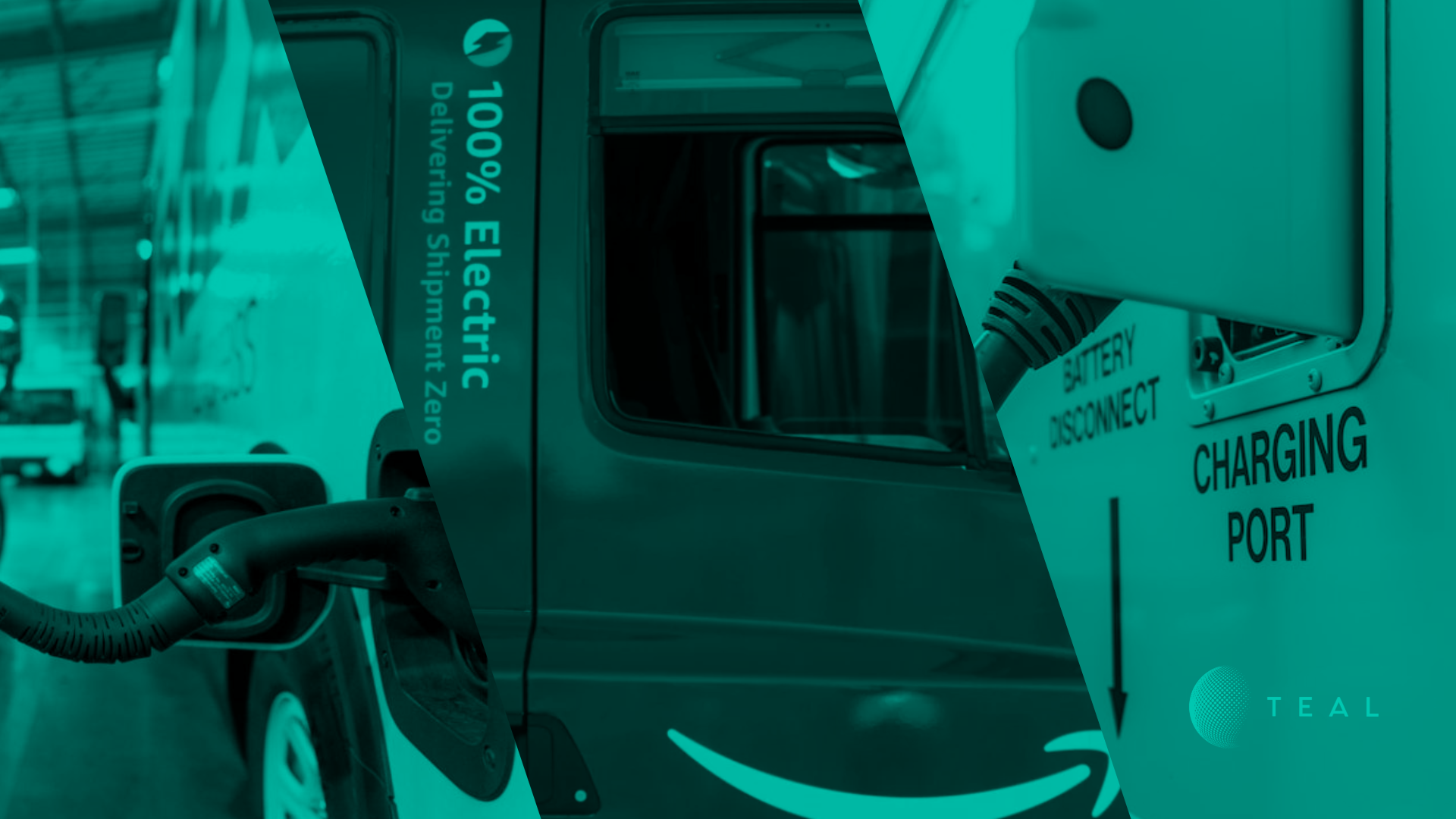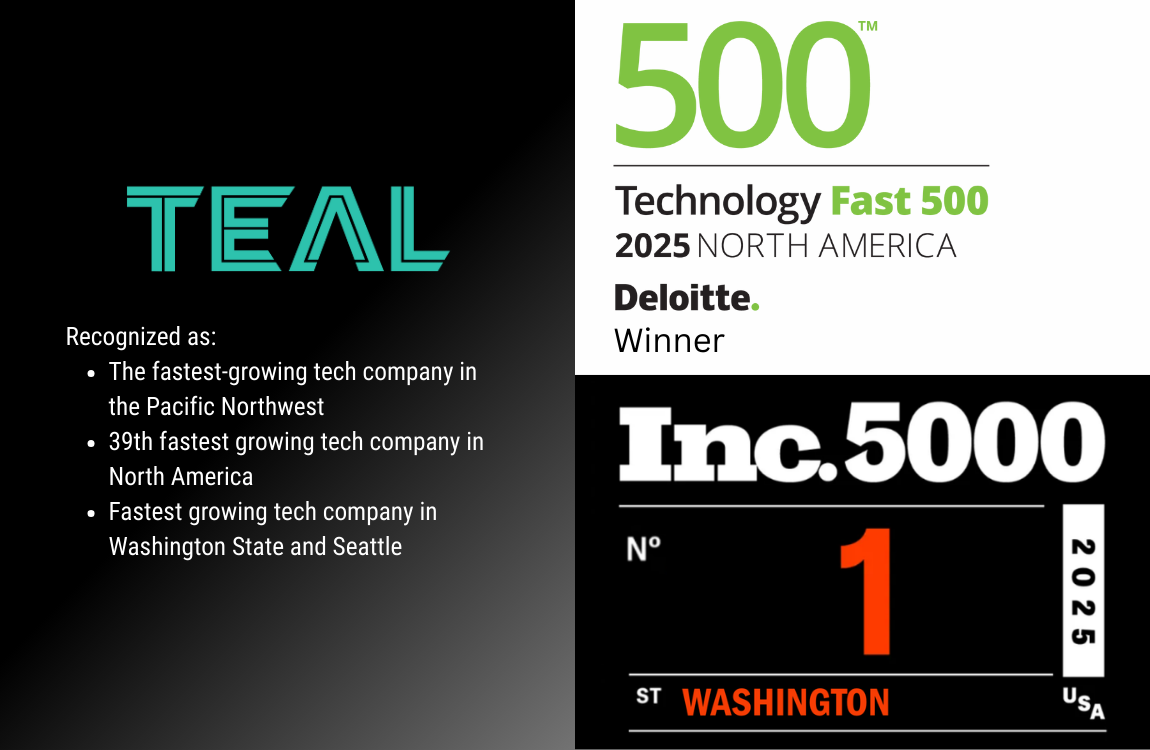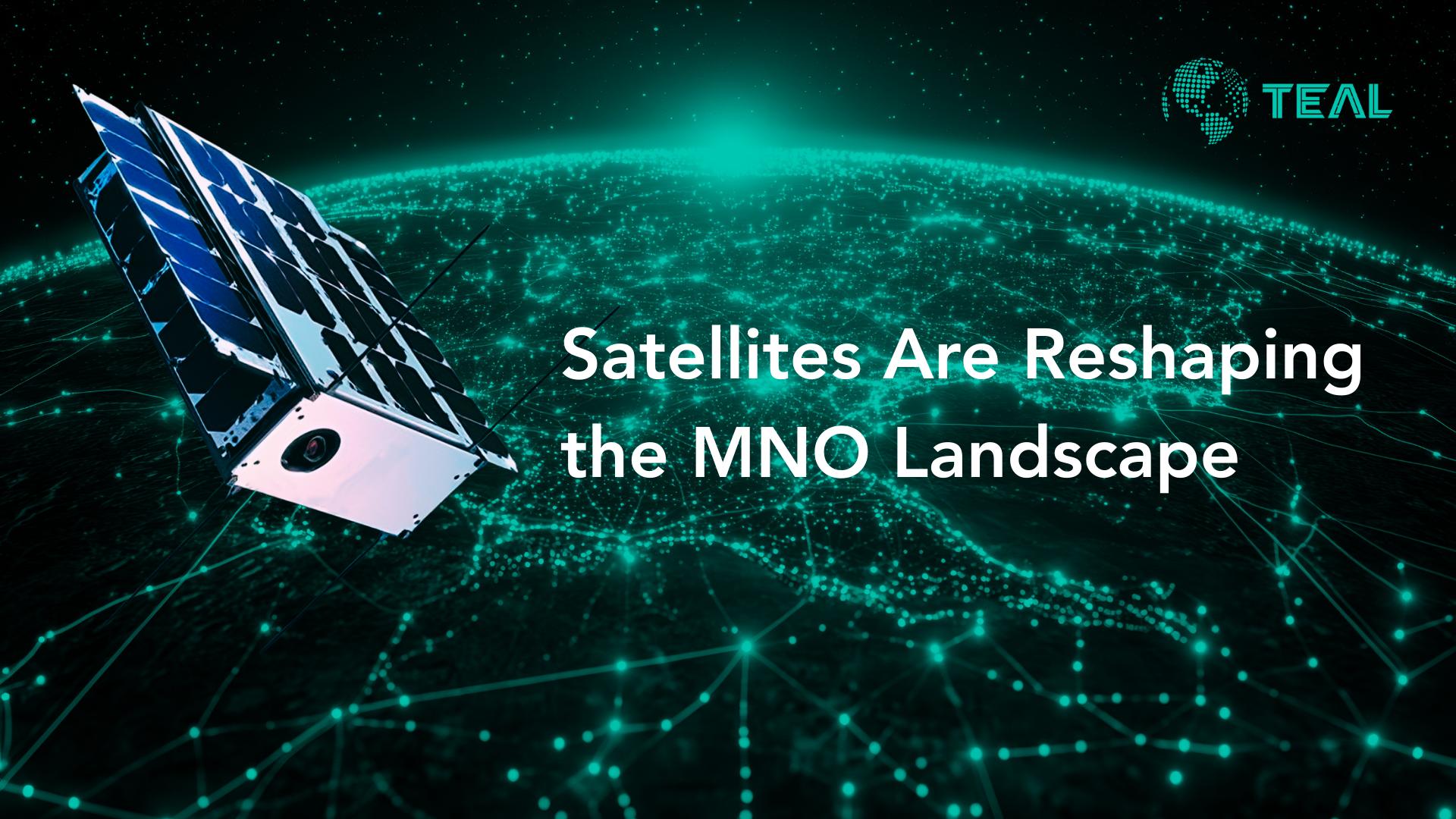Challenges and Opportunities in Electrifying Commercial Fleets

As sustainability moves to the forefront of corporate priorities, commercial fleets are rapidly transitioning from gasoline-powered vehicles to electric ones. This transformation is spurred by corporate Environmental, Social, and Governance (ESG) goals and ambitious decarbonization targets. Electrifying fleets doesn’t just reduce environmental impact; it fundamentally reshapes operational practices. While this shift holds great promise, it also poses considerable challenges.
Let’s explore the landscape of fleet electrification—from its momentum in adoption to significant obstacles and policy drivers shaping the transition.
The Momentum of Fleet Electrification
The adoption of electric vehicles (EVs) in commercial fleets has been accelerating. Organizations across various industries are investing aggressively in EVs to meet their sustainability goals:
- USPS is planning to electrify 75% of its new fleet by the end of this year (2025), targeting the deployment of up to 165,000 EVs.
- Amazon has committed to rolling out 100,000 electric delivery vehicles by 2030, a move expected to prevent millions of metric tons of carbon emissions.
- Gilead Sciences aims to replace 50% of its fleet with electric models by the end of theyear (2025).
- McKinstry, a construction and energy services firm, is targeting a 50% emissions reduction by 2025 and plans to achieve net zero operations by 2030.
- Burger King has already transitioned 31% of its North American field team fleet to EVs, setting a goal of 100% electrification by 2030.
These commitments signal a profound shift in corporate responsibility and environmental stewardship. Beyond reducing emissions, these organizations are setting benchmarks for innovation and sustainability.
Roadblocks to Success
Despite their enthusiasm, fleet operators face significant hurdles in making the switch to EVs.
1. Supply Chain Bottlenecks
The EV manufacturing ecosystem is struggling to fulfill the soaring demand. Shortages of critical components like lithium-ion batteries pose delays in production and delivery.
2. Infrastructure Challenges
Charging infrastructure remains a major obstacle. Insufficient public fast chargers and connection failures at private charging stations hinder smooth fleet operations. Studies show that more than 55% of all charging issues stem from station connectivity problems.
3. Electrification Fatigue
Fleet managers juggling compliance requirements, ESG targets, and cost pressures are experiencing “electrification exhaustion.” Balancing these competing demands can slow adoption rates.
Regulations and Incentives Accelerating Adoption
Regulatory policies and incentives are pivotal in driving EV adoption for commercial fleets. Key developments include:
1. California’s Advanced Clean Fleets Regulation
The California Air Resources Board (CARB) mandates that 50% of new government fleet purchases be zero-emission vehicles (ZEVs), with all government purchases transitioning to ZEVs by 2027. Private fleets operating in California must also comply with gradual implementation phases.
2. Federal Goals and the Inflation Reduction Act (IRA)
Under previous federal targets, light-duty ZEVs for federal agencies were mandated by 2027, with full electrification by 2035. The IRA bolsters this effort with tax credits for electric vehicles, clean energy projects, and manufacturing investments. However, recent policy shifts could temper legislative momentum, adding uncertainty to fleet electrification efforts.
The Role of Changing Market Dynamics
While policies provide a framework for advancement, the market has introduced both opportunities and setbacks for EV adoption:
- Falling EV Prices
The average price of used EVs plummeted by over 30% in the last year, reflecting lower demand. However, this pricing dynamic could benefit fleets looking to procure electric vehicles at a reduced cost.
- OEM Adjustments
Major automakers are reassessing their EV goals amid tepid demand. GM postponed plans to produce 400,000 EVs by 2024, while Ford scaled back $12 billion in EV investments. This recalibration could slow the pace of available models for fleets.
Challenges Ahead: How Trump’s Policies Will Slow—but Not Kill—a Transition to Cleaner Energy
The Trump administration has pledged to boost the oil-and-gas industry, in part by cutting support for renewable-energy and emissions-reduction initiatives. A transition to cleaner energy will continue regardless, many executives and analysts say, but legislative uncertainty and policy changes are expected to slow the changeover.
Several practical concerns for fleet operators remain, including:
- Tariffs Driving Up Costs
Tariffs on imported components like solar modules, batteries, and EV materials are expected to inflate costs for fleet electrification projects.
- Charging Network Delays
Federal funding for EV charging expansion faces delays, impeding nationwide progress. Fleet operators report persistent “range anxiety” due to limited charging options on long-haul routes.
- Economic Constraints
High upfront costs of EVs and fluctuating public incentives create financial challenges for businesses looking to modernize their fleets.
Building a Reliable Charging Ecosystem
A robust charging infrastructure is essential to the success of fleet electrification. Solutions include enhanced connectivity at charging stations, partnerships between utilities and private companies, and financial subsidies for expanding charger networks. Without these advancements, adoption may remain fragmented and uneven across regions.
With regulations and incentives paving the way, the challenge now lies in building and maintaining an infrastructure that keeps these fleets moving. Inadequate charging points and inoperable equipment can derail the best-laid plans for electrification. This is where the role of cutting-edge technologies like eSIM becomes invaluable.
eSIM Technology: Powering the Future of EV Charging
eSIM technology has emerged as a game-changer for the EV charging industry, promising to enhance reliability and dramatically reduce downtime. This technology offers robust and versatile connectivity capabilities, essential for the effective operation of charging stations across the globe. By ensuring consistent, high-performing network connections, eSIM technology overcomes one of the major obstacles to EV adoption – charging station uptime.
A charging station that utilizes eSIM technology can automatically switch between different cellular networks, ensuring there is always a backup in case of network downtime. Chargers can also be deployed more rapidly without the need to determine which carrier is best suited for a given location ahead of time. With eSIM from TEAL, chargers can be shipped anywhere they need to be installed and can connect to the best available network over-the-air (OTA), without the burden of managing multiple SIM cards and providers. This seamless capacity to stay connected is not just a technical achievement; it’s the linchpin of a reliable, usable EV infrastructure that fleet operators can depend on.
Looking Ahead
Fleet electrification remains a critical lever in reducing global greenhouse gas emissions. However, its adoption relies on a collaborative effort between policymakers, innovative tech providers, and committed businesses. While there are hurdles to overcome, the growing momentum signals that electrifying commercial fleets is not just a passing trend, but the future of responsible business operations.
Is your company leading the way in fleet electrification? Find out how TEAL can help to ensure that your charging stations are up a running at all times.
Schedule a Meeting Now!
Recent Posts
The Fastest Growing Company in the PNW isn’t an AI Startup… it’s TEAL
Teal Communications Staff2025-12-10T20:43:23+00:00
The Sky is the New Cell Tower: Satellites Are Reshaping the MNO Landscape
Teal Communications Staff2025-12-09T21:28:24+00:00
Introducing TEAL Chameleon eSIM: The Most Adaptive eSIM Ever Built
Teal Communications Staff2025-12-03T23:14:56+00:00




